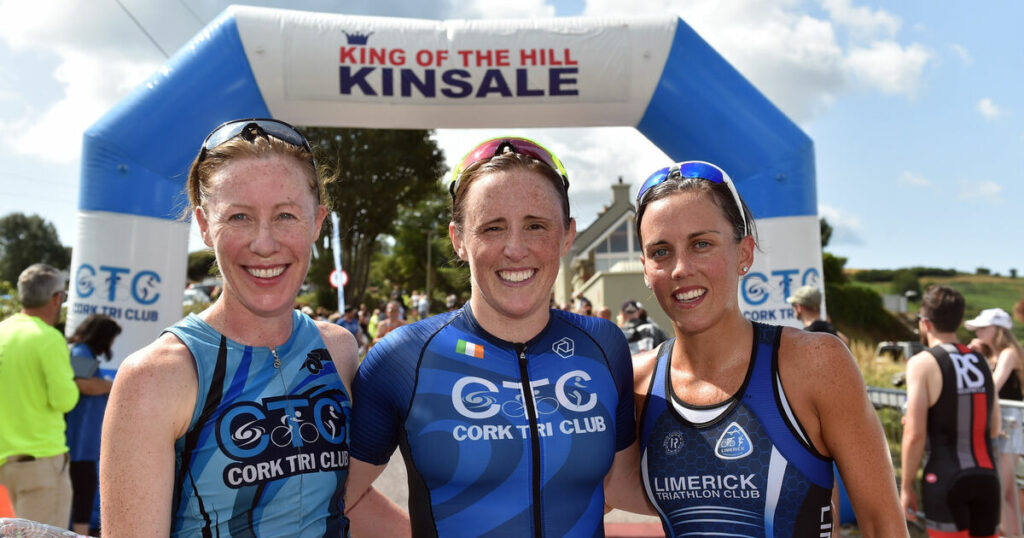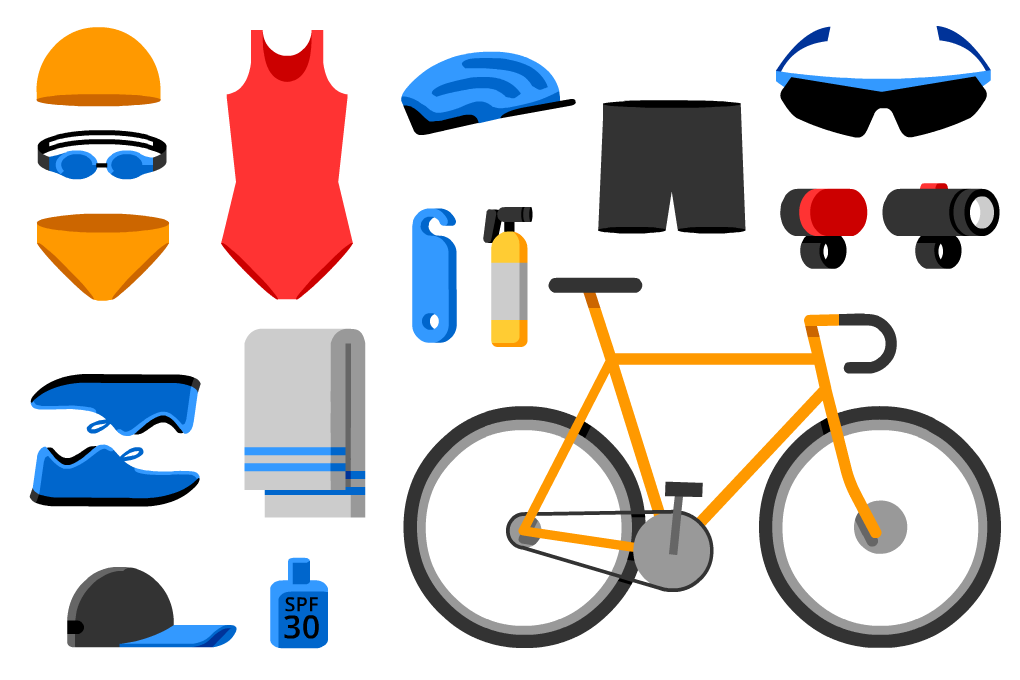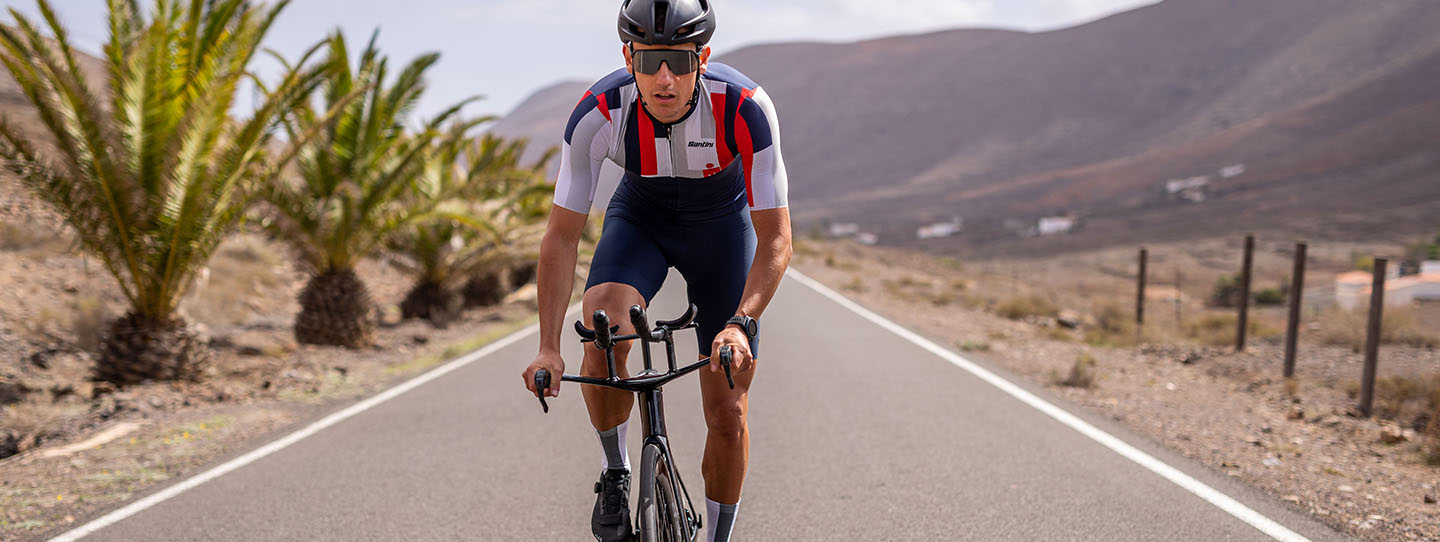As Ireland’s first dedicated Triathlon store we have heard many questions over the years. We have compiled some of the most asked by Triathlon newcomers and those contemplating the idea. Find out the answers to some of the query’s you may have yourself in this article!
Who invented Triathlon?
The triathlon, as a multi-sport endurance event consisting of swimming, cycling, and running, does not have a single inventor. Instead, the modern triathlon evolved from various athletic competitions that combined these three disciplines.
The roots of the triathlon can be traced back to France in the 1920s and 1930s, where early versions of multi-sport events called “Les Trois Sports” were organized. These events typically included a combination of swimming, cycling, and running.
In the United States, the first modern triathlon is credited to the San Diego Track Club, which organized the “Mission Bay Triathlon” on September 25, 1974. This event was conceived as an alternative to traditional track workouts and consisted of a 6-mile run, a 5-mile cycle, and a 500-yard swim.
Triathlon as a sport gained momentum in the late 1970s and early 1980s. The first Hawaii Ironman Triathlon took place in 1978, combining a 2.4-mile swim, a 112-mile bike ride, and a 26.2-mile run. The Ironman format gained popularity and became one of the most well-known and challenging triathlon distances.
Therefore, while there isn’t a single person credited with inventing the triathlon, the sport has evolved over time from various athletic events, with the San Diego Track Club’s Mission Bay Triathlon playing a significant role in its early development.

What are the Triathlon distances?
Triathlon distances can vary depending on the specific event, but there are several standard distances recognized in the sport. Here are the most common triathlon distances:
- Sprint Distance:
- Swim: 750 meters (0.47 miles)
- Bike: 20 kilometers (12.4 miles)
- Run: 5 kilometers (3.1 miles)
- Olympic Distance (also known as Standard Distance):
- Swim: 1.5 kilometers (0.93 miles)
- Bike: 40 kilometers (24.8 miles)
- Run: 10 kilometers (6.2 miles)
- Half Ironman Distance (also known as 70.3):
- Swim: 1.9 kilometers (1.2 miles)
- Bike: 90 kilometers (56 miles)
- Run: 21.1 kilometers (13.1 miles)
- Ironman Distance (also known as 140.6):
- Swim: 3.8 kilometers (2.4 miles)
- Bike: 180 kilometers (112 miles)
- Run: 42.2 kilometers (26.2 miles)
It’s important to note that there can be variations in distances for certain events, especially in non-standard or local races. Additionally, there are ultra-distance triathlons that exceed the Ironman distance, such as the Double Ironman or the Ultraman, but these are less common and often more specialized events.

What type of bike is best to use in a Triathlon?
The choice of bike for a triathlon depends on various factors, including your experience level, budget, race distance, and personal preferences. Here are the three primary types of bikes used in triathlons:
- Road Bike: A road bike is a versatile option suitable for beginners and those on a budget. It has a lightweight frame, drop handlebars, and thin, high-pressure tires. Road bikes offer a comfortable riding position and are efficient on paved roads. While they may not have all the aerodynamic features of specialized triathlon bikes, they are still capable of delivering a solid performance in shorter-distance triathlons.
- Triathlon/Time Trial Bike: These bikes are specifically designed for triathlons and time trial events. They have a more aggressive aerodynamic position, with aero handlebars, aero frame tubes, and often a more forward seat position. Triathlon bikes prioritize aerodynamics to reduce drag and maximize speed. They are ideal for longer-distance triathlons where maintaining speed over extended periods is crucial.
- Triathlon-Specific Road Bike: This category includes road bikes that have been modified with aerodynamic features commonly found on triathlon bikes. These modifications may include adding aero bars, aero wheels, and other accessories to enhance aerodynamics. Triathlon-specific road bikes can offer a compromise between the comfort of a traditional road bike and the aerodynamic advantages of a dedicated triathlon bike.
Ultimately, the best bike for you will depend on your specific needs, budget, and the type of triathlon you’re participating in. If you’re new to triathlons or on a limited budget, a road bike can be a great starting point. As you progress and gain more experience, you may consider investing in a triathlon or time trial bike if you’re focusing on longer-distance events and prioritize aerodynamic performance.
Our experienced sales team would be more than happy to help you decide on which option would be best for you.

How long do you need to train for a Triathlon?
The length of time required to train for a triathlon can vary greatly depending on several factors, including your fitness level, previous experience in each discipline, the distance of the triathlon, and your specific goals. Here are some general guidelines for training durations:
- Sprint Distance Triathlon: If you have a moderate level of fitness and are already comfortable with each of the three disciplines (swimming, cycling, and running), a training period of 8-12 weeks may be sufficient. This duration allows you to build endurance and work on specific skills required for the race.
- Olympic Distance Triathlon: For an Olympic distance triathlon, which involves longer distances than a sprint, a training period of 12-16 weeks is typically recommended. This timeframe allows for gradually increasing the volume and intensity of training sessions to build endurance and improve performance.
- Half Ironman (70.3) Distance Triathlon: Training for a half Ironman triathlon requires more extensive preparation due to the increased distances involved. Generally, a training period of 16-20 weeks or more is advised, depending on your starting fitness level and experience. This allows for a progressive buildup of endurance and the ability to handle the demands of the longer race.
- Ironman Distance Triathlon: Preparing for an Ironman triathlon is a significant undertaking due to the demanding distances and the endurance required. Most athletes aim for a training period of 20-24 weeks or longer to adequately prepare. This duration allows for progressive training phases, including building a solid aerobic base, increasing volume, and incorporating race-specific workouts.
It’s crucial to structure your training program wisely, allowing time for rest, recovery, and injury prevention. Additionally, consider seeking guidance from a qualified coach or using a reputable training plan that suits your specific goals and abilities.
Remember that these timeframes are general estimates, and individual variations exist. It’s important to listen to your body, gradually increase training loads, and seek professional advice if needed to ensure a safe and effective training progression for your triathlon.

How Do I Train For A Triathlon?
Training for a triathlon involves a combination of swimming, cycling, and running, as well as incorporating strength training and recovery. Here are some general guidelines to help you structure your triathlon training:
- Establish a Training Schedule: Create a training plan that outlines your workouts and the specific disciplines you’ll focus on each day. Consider your current fitness level, available time, and the length of time you have before your target race.
- Start with Base Building: Begin by building a foundation of endurance through low to moderate-intensity workouts in each discipline. Gradually increase the duration and intensity of your training sessions over time.
- Include Specific Workouts: Incorporate workouts that are specific to each discipline. For swimming, include interval sets, technique drills, and open water practice. For cycling, include long rides, hill repeats, and tempo efforts. For running, include speed work, long runs, and brick workouts (consecutive bike and run sessions).
- Practice Transitions: Transitioning smoothly between disciplines is essential in triathlons. Include transition practice sessions where you practice quickly changing from swimming to cycling and from cycling to running.
- Incorporate Strength Training: Strengthening your muscles, especially your core and lower body, can improve performance and reduce the risk of injuries. Include strength training exercises such as squats, lunges, planks, and resistance training.
- Prioritize Recovery: Allow for adequate rest days and recovery periods within your training schedule. Recovery is essential for preventing overuse injuries and optimizing performance. Incorporate activities such as stretching, foam rolling, and restorative activities like yoga or swimming.
- Gradually Increase Volume and Intensity: As your fitness improves, gradually increase the volume and intensity of your workouts. This progressive overload helps your body adapt and improve.
- Consider Joining a Triathlon Club or Finding a Coach: Training with a triathlon club or under the guidance of a coach can provide structure, support, and accountability. They can offer expertise, training plans, and the opportunity to train with others who share similar goals.
- Practice Nutrition and Hydration: During longer training sessions, practice fueling and hydrating yourself as you would during the race. Experiment with different nutrition strategies to find what works best for you.
- Test Yourself: Incorporate mini-races or mock triathlons into your training to assess your progress, familiarize yourself with race-day conditions, and practice pacing and transitions.
Remember to listen to your body, be consistent with your training, and gradually progress to avoid overtraining or injury. Adjust your training plan as needed based on your individual circumstances and goals. Consulting with a qualified coach or experienced triathlete can provide additional guidance tailored to your specific needs.

What Equipment Do I Need For A Triathlon?
To participate in a triathlon, you’ll need several pieces of equipment to help you swim, bike, and run. Here’s a list of essential equipment for a triathlon:
- Swim:
- Swimsuit or triathlon-specific wetsuit (depending on water temperature and race regulations)
- Goggles to protect your eyes and improve visibility in the water
- Swim cap to keep your hair in place and enhance visibility
- Timing chip or race bib provided by the event organizers
- Bike:
- Bicycle suitable for triathlon or road cycling, properly sized and maintained
- Cycling helmet that meets safety standards and fits securely on your head
- Bike shoes (optional but can enhance pedaling efficiency)
- Cycling jersey or comfortable moisture-wicking clothing
- Cycling shorts or bib shorts with padding for comfort
- Sunglasses to protect your eyes from the sun, wind, and debris
- Water bottles or a hydration system to stay hydrated during the ride
- Spare tube, tire levers, and a portable bike pump for potential flats
- Bike tools and a basic repair kit for minor adjustments and repairs
- Run:
- Running shoes suitable for your foot type and properly broken-in (find out more here)
- Moisture-wicking socks to reduce friction and keep your feet dry
- Running shorts, tights, or leggings depending on your preference
- Running top or singlet made of breathable and moisture-wicking material
- Hat or visor for sun protection
- Race belt to hold your bib number during the run leg
- Transition Area:
- Towel to mark your transition area and dry off after the swim
- Transition mat or small towel to keep your gear clean and organized
- Plastic bags for wet gear or dirty shoes
- Elastic or bungee cord to attach your running shoes to your bike (optional)
Other Miscellaneous Items:
- Sunscreen to protect your skin from harmful UV rays
- Body glide or anti-chafing cream to prevent friction and discomfort
- Nutrition, such as energy gels, bars, or electrolyte drinks for fuel during the race
- Watch or sports timing device to track your time and pace
- Small first aid kit with essentials like band-aids and blister treatment
It’s important to check the specific race guidelines provided by the event organizers to ensure you have all the required equipment and understand any restrictions or rules regarding gear. Additionally, consider practicing with your equipment during training sessions to become familiar with its use and ensure everything is in good working order for race day.





